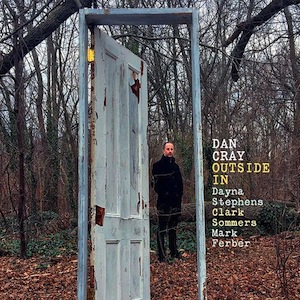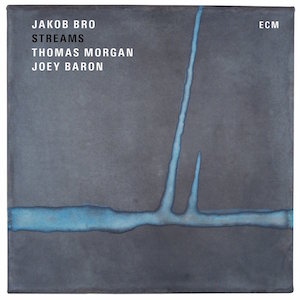Erica Lindsay: saxophone; Francesca Tanksley: piano; Rich Syracuse: bass; Jeff ‘Siege’ Siegel: drums + guests Feya Faku: trumpet; Fred Barryhill: percussion.
A freeing intersection of cultures is used as a premise for Jeff ‘Siege’ Siegel Quartet’s magnificent album, King of Xhosa.
In this recording, Siegel, an experienced drummer, composer, and educator living in Woodstock, New York, welcomes the South African trumpeter Feya Faku and the percussionist Fred Barryhill as his personal guests.
His gripping quartet benefits from the presence of amazing improvisers such as the pianist Francesca Tanksley and the saxophonist Erica Lindsay. Siegel works closely with the bassist Rich Syracuse, with whom he establishes the primary foundations to better serve the improvisers.
The album, starting and finishing at the sound of short pieces centered in African percussion, has its first great moment in “Prayer”, whose spiritual spell and organic clamor are reminiscent of Billy Harper’s harmonic structures. This is not surprising since Tanksley, who composed the tune, is part of the latter’s current quintet. Faku opens the improvisational section, spreading persuasive melodic phrases; Lindsay boasts her rippling dialect by playing in and out; Tanksley is exemplary and exhilarating in her style.
The title track, a Siegel’s original, is driven with a Latin feel and invites us to the vicious quadrature of its musical web. It thrives by exalting the spirit through rapturous solos and a taut sense of interplay.
Tanksley’s “Life on the Rock” changes the mood adopted till then, preferring a swinging rhythm to support its author’s post-bop whims. In addition to the usual suspects, Syracuse adventures himself in his first solo.
Faku contributes with three of his own tunes. His trumpet fills up in “Courage”, an introspective and enchanting small anthem that contrasts with the stirring, Italian-style “Unsung”.
Things cool down with Siegel’s “Ballad of the Innocent”, but the fire doesn’t wait too long to be relit. It happens with a couple of tunes by Lindsay: “Gotta Get To It”, a generous entreaty, and especially “Call to Spirits”, a yearning, often oneiric, and vitally percussive imploration, here magnified by the avant-gardish phrases of the tenorist.
Through “Erica’s Bag”, Siegel steps on Latin ground, just to end up trading fours with his peers. To conclude the session, the blues-drenched “Get Real” is dispensed with heart and dynamism.
King of Xhosa is a little gem that bursts with the verve of a quartet in top form. It’s not uncommon to hear fractions of Harper, McCoy, and Coltrane in this healing amalgam of modal music, avant-garde, and post-bop.
Joy for the ears, food for the soul.
Grade A+
Favorite Tracks:
02 – Prayer ► 03 – King of Xhosa ► 09 – Call to Spirits








































